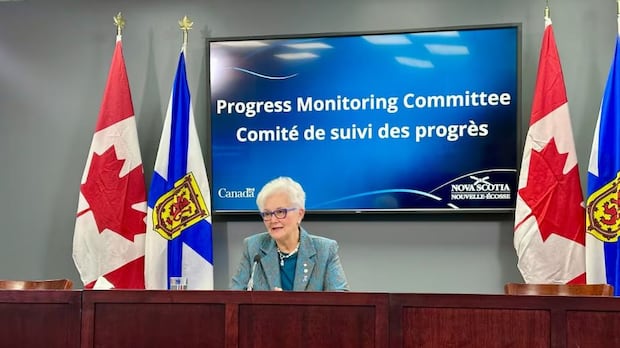Chignecto Isthmus court case will not determine who should pay

The ongoing dispute between the Nova Scotia and New Brunswick governments and the federal government over funding for the Chignecto Isthmus has taken a new turn this week. Lawyers for the Nova Scotia government have confirmed that they are not seeking the province’s highest court to address the funding question that Premier Tim Houston wants answered regarding the isthmus.
The crux of the issue lies in the disagreement over who should bear the financial burden of the project to strengthen the isthmus against the effects of climate change. While the provinces are pushing for the federal government to cover the entire estimated cost of $650 million over a decade, Ottawa has only agreed to pay half.
The Nova Scotia government initially sought an opinion from the province’s Appeal Court on the jurisdictional responsibility for the isthmus, which is a narrow strip of land connecting Nova Scotia to New Brunswick and the rest of Canada. However, Chief Justice Michael Wood expressed some confusion during the hearing, as the government’s lawyers had previously stated that they were not seeking an answer on who should foot the bill, but rather on whether Ottawa has exclusive legislative authority.
The situation became further complicated when Premier Tim Houston sent an open letter to Prime Minister Mark Carney, contradicting his government’s stance and seeking confirmation that a government led by Carney would accept the court’s decision if it ruled that paying for the isthmus was a federal responsibility.
During the hearing, the panel of Appeal Court judges questioned the motives behind the government’s request for the court’s opinion. Justice David Farrar raised concerns about the usefulness of determining Ottawa’s sole legislative authority over the isthmus and whether it would devolve into a political issue.
Lawyers for the Nova Scotia government argued that Canada has the obligation to protect the CN rail line that runs over the isthmus, stemming from promises made during Nova Scotia’s entry into Confederation. They also highlighted the interconnected nature of the infrastructure that protects the isthmus, which spans both Nova Scotia and New Brunswick.
The hearing is ongoing, with submissions expected from Prince Edward Island and the federal government in the coming days. The outcome of this legal battle will have significant implications for the future of the Chignecto Isthmus and the responsibilities of the various levels of government involved.




